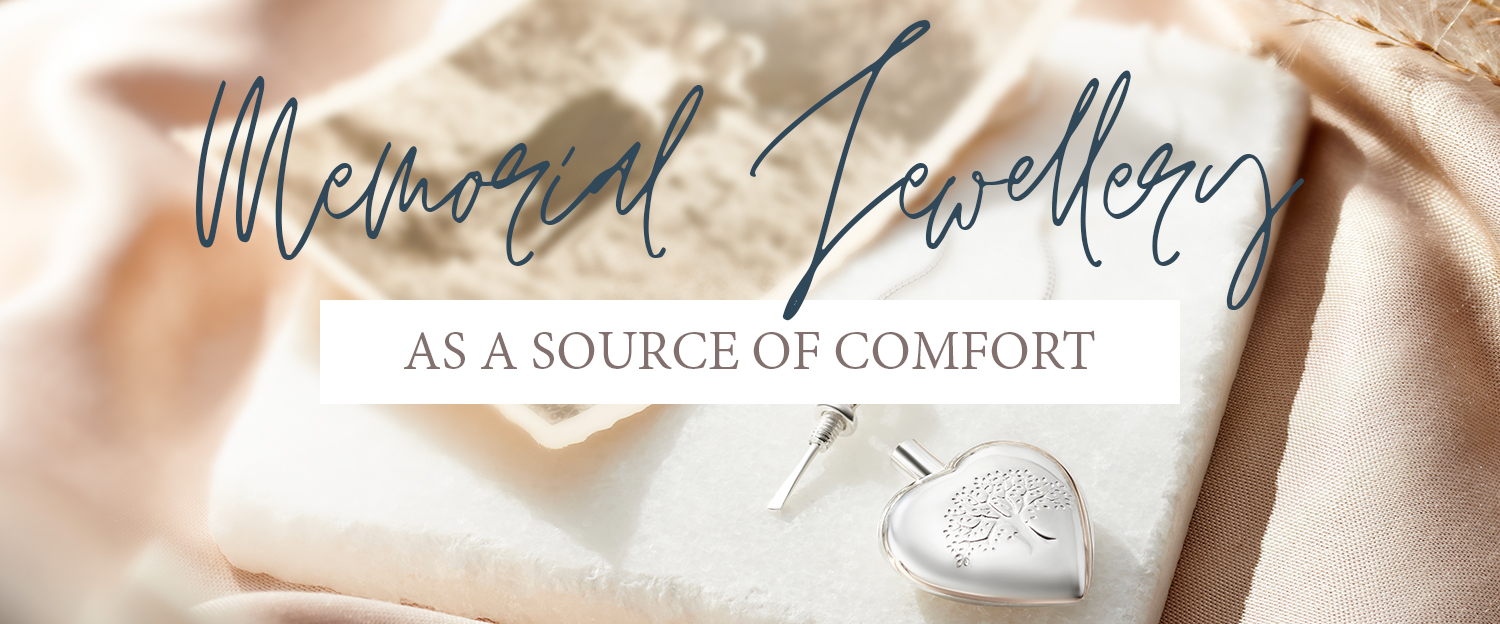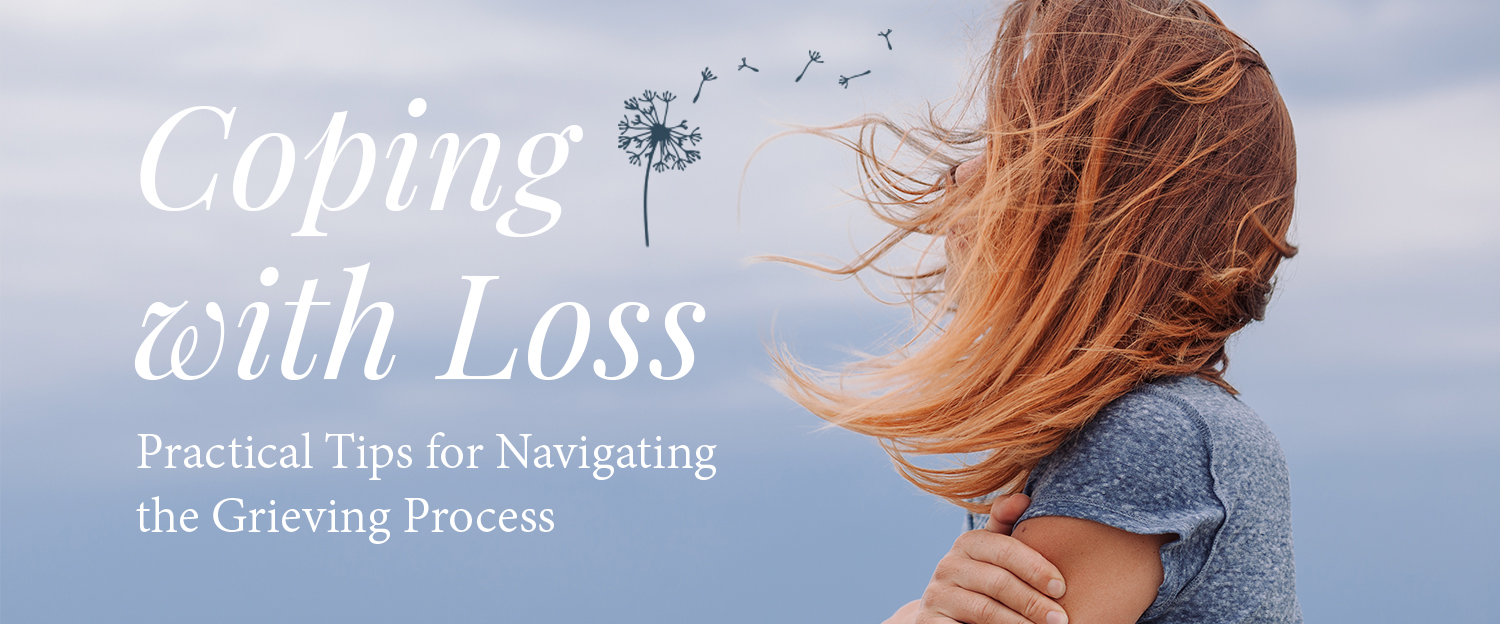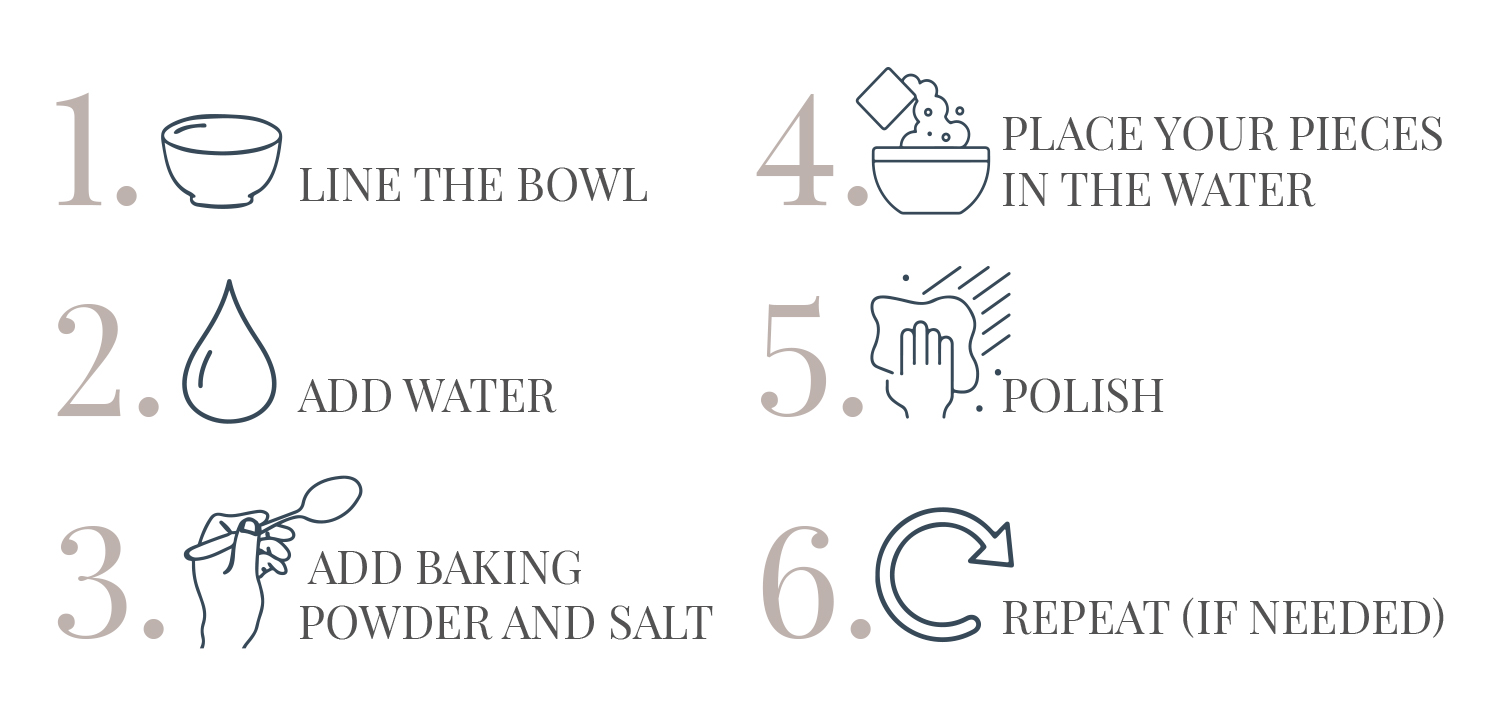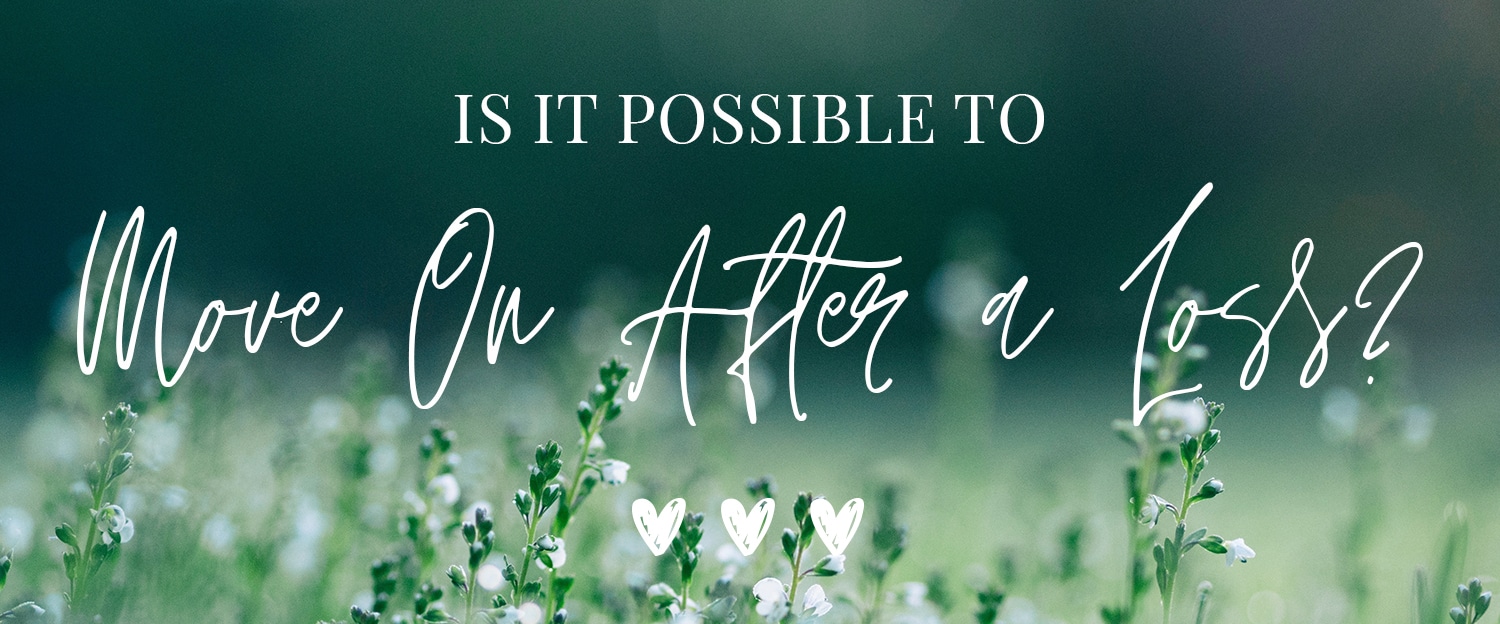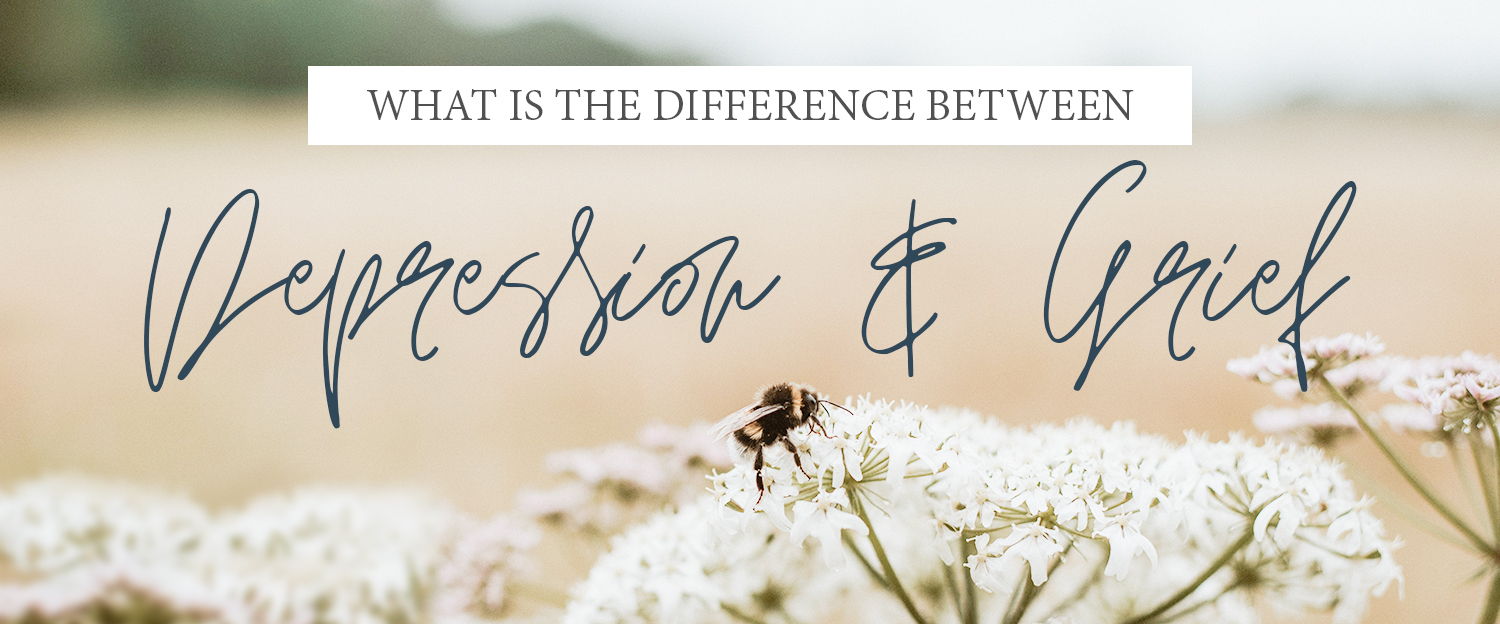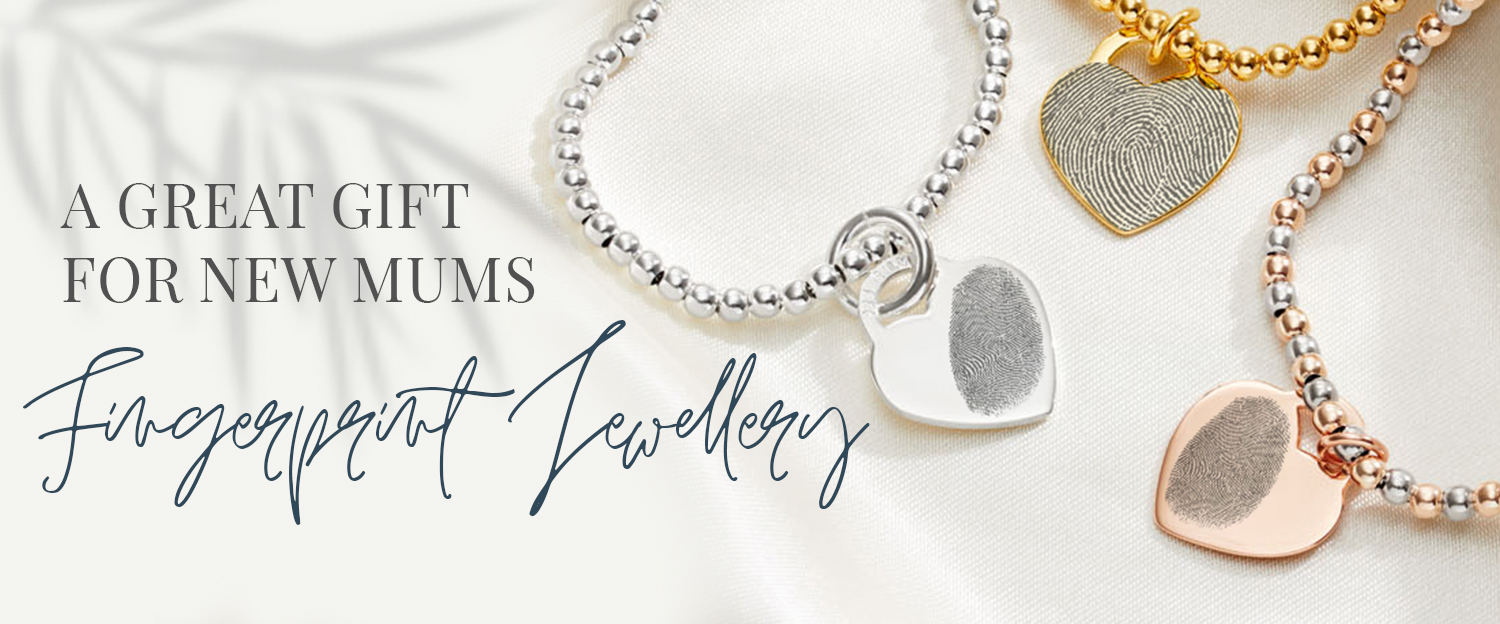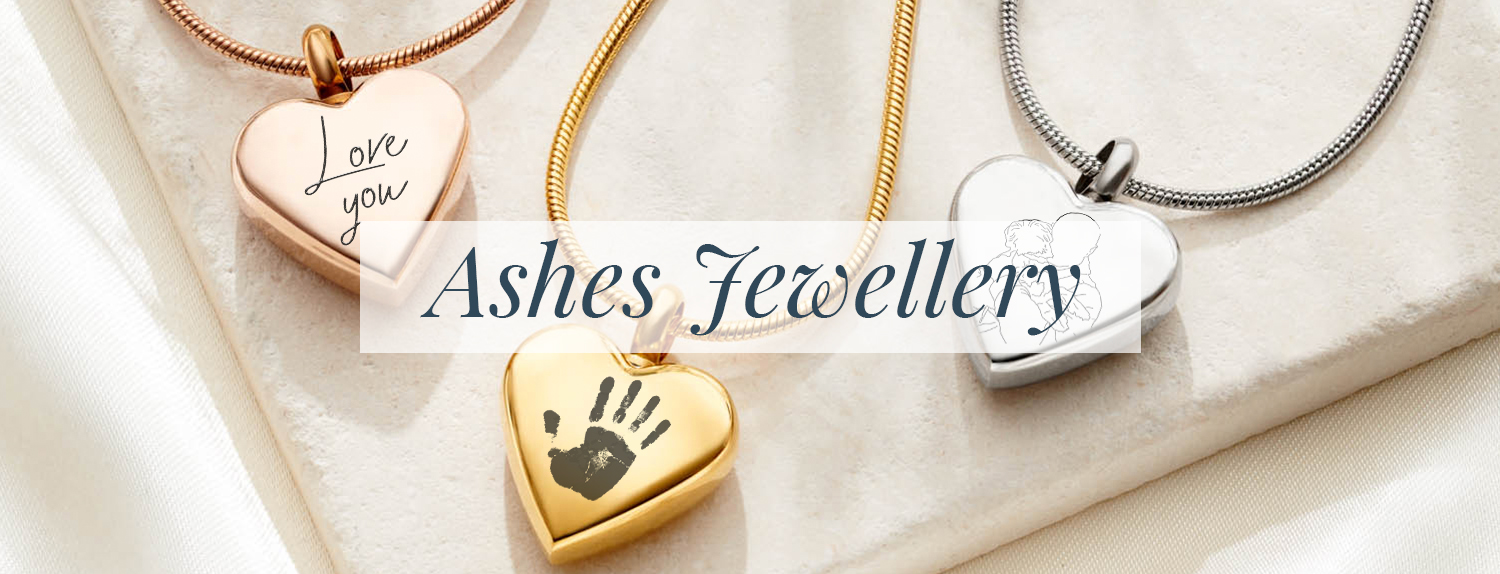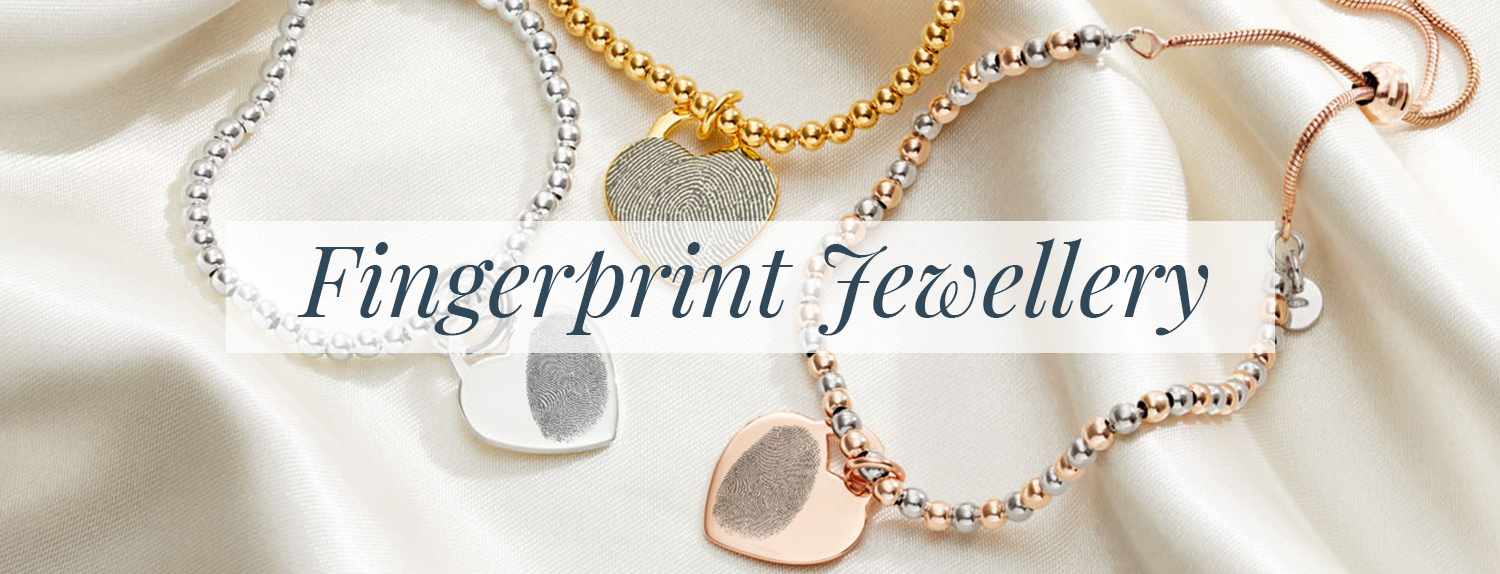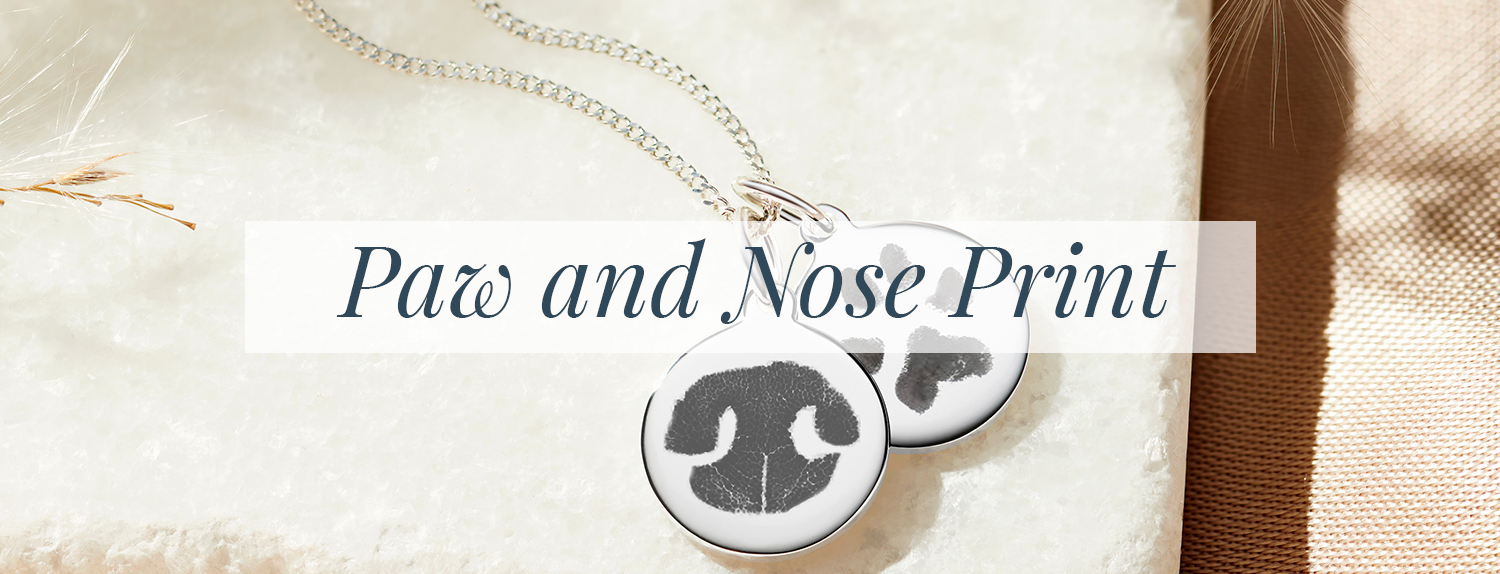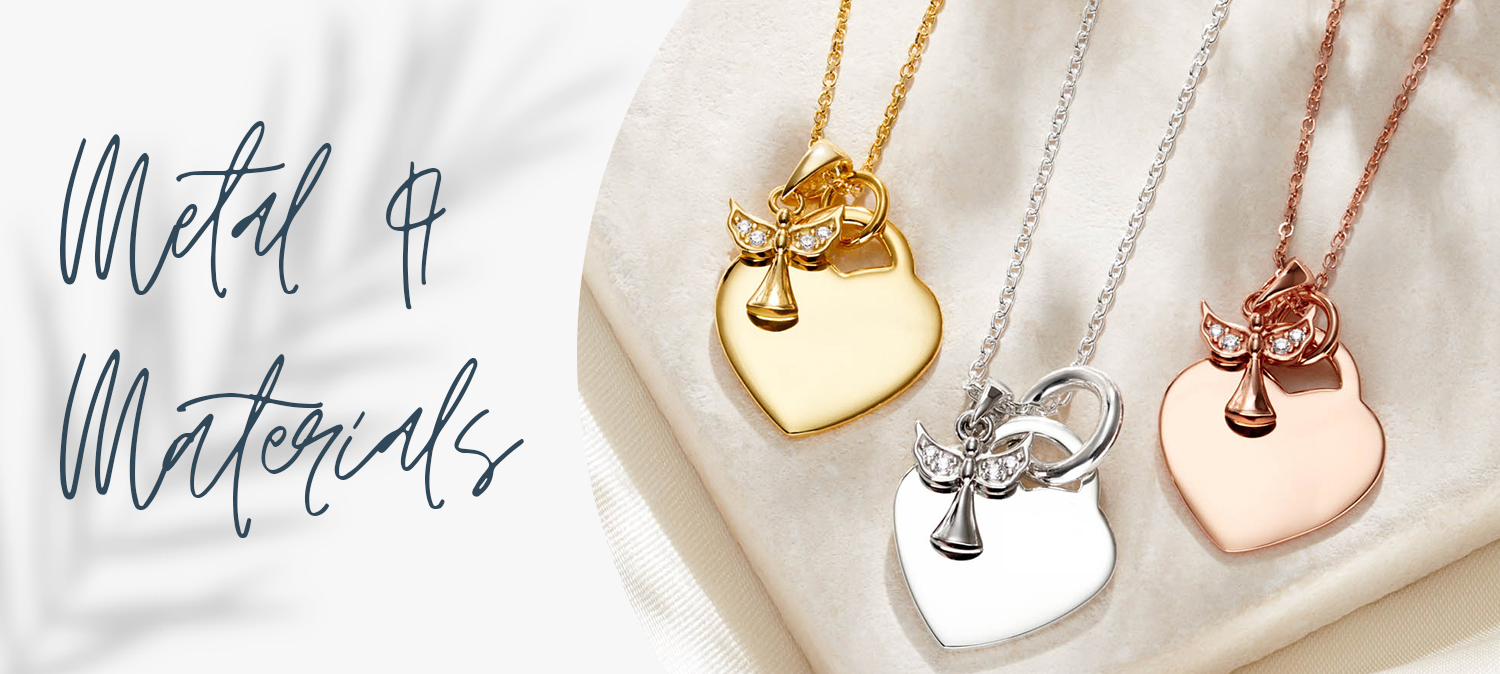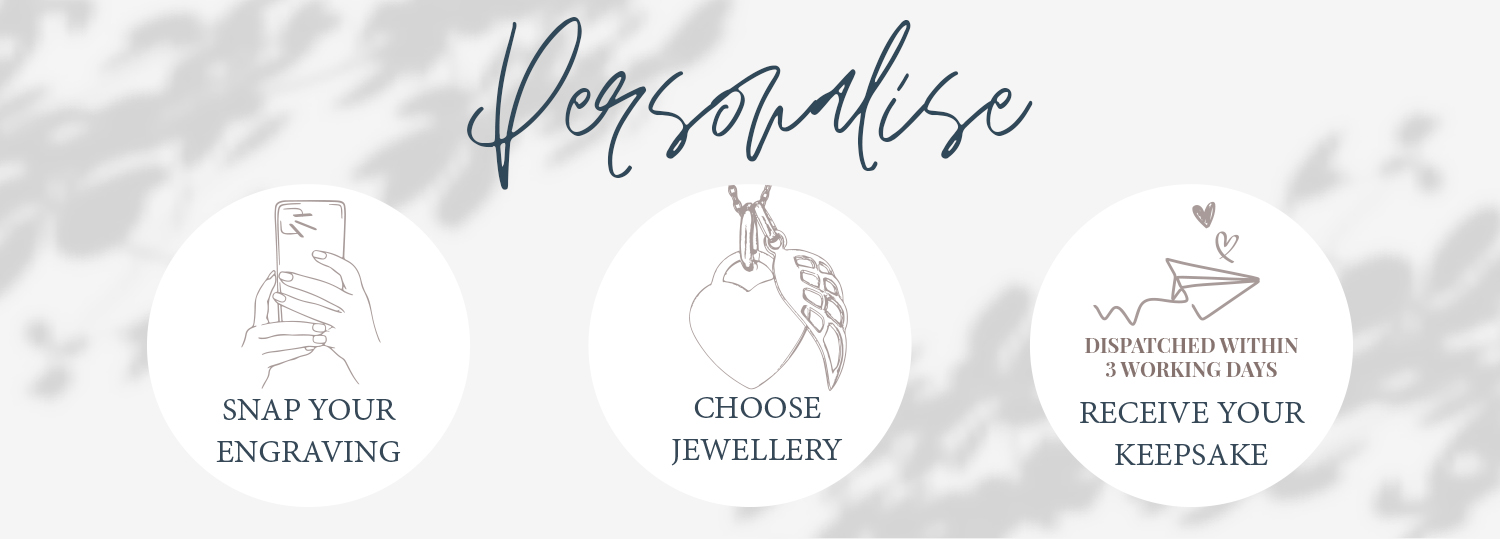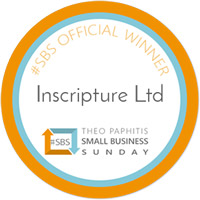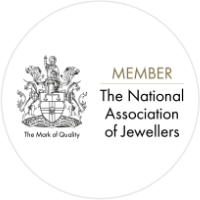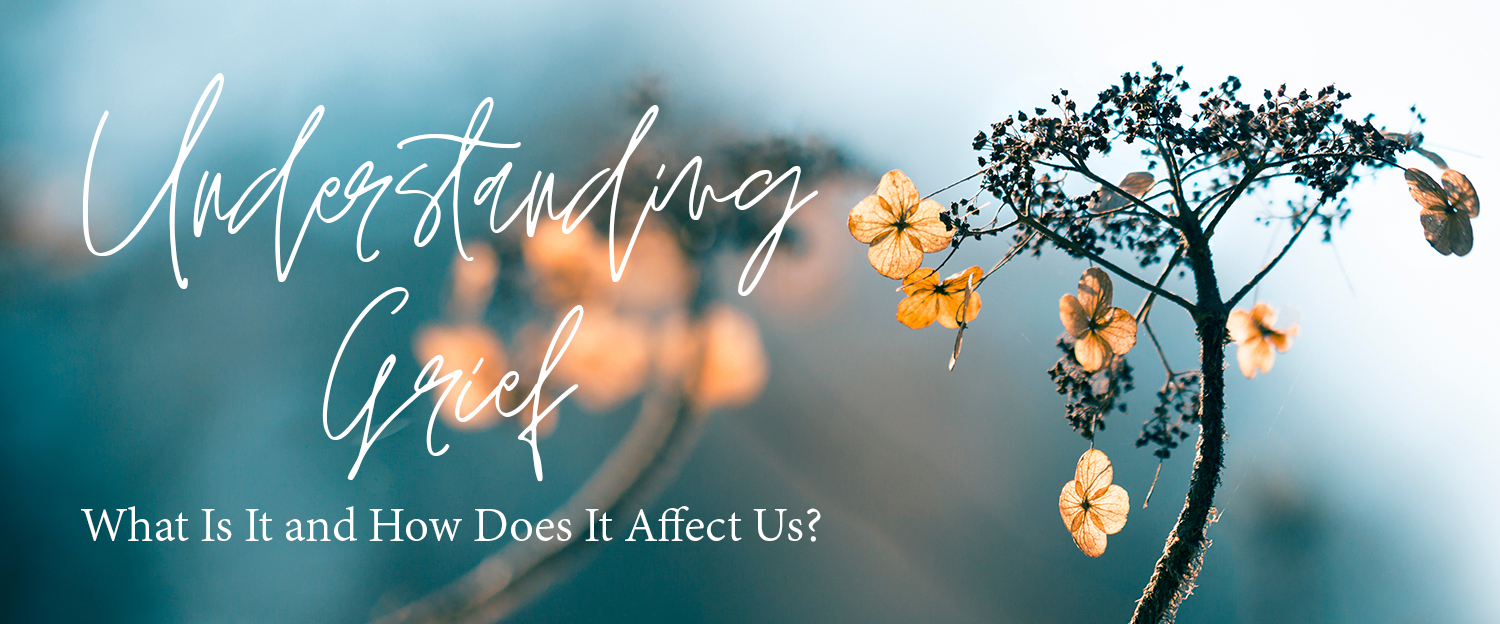
Grief is a complex and deeply human experience that touches the lives of countless individuals. Yet, truly understanding its essence and impact is crucial for navigating the healing process. In this blog, we will embark on a journey of understanding, exploring the multifaceted nature of grief and its profound effects on our emotional, physical, and spiritual well-being. Let’s delve into the depths of grief, embrace empathy, and find solace amidst the challenging journey of loss.
The Essence of Grief:
Grief is more than just sadness; it encompasses a spectrum of emotions such as anger, guilt, confusion, and profound sorrow. It is a deeply personal and unique experience that arises from the love and attachment we feel for someone or something we have lost. Acknowledging and accepting the depth and complexity of these emotions is essential for honouring our grief and beginning the healing process.
The Emotional Impact of Grief:
Grief deeply affects our emotional well-being. It can leave us feeling overwhelmed, lost, and isolated. The intensity and duration of these emotions vary from person to person. It is important to recognise and validate our feelings, allowing ourselves the space to grieve and express our emotions without judgment. Seeking support from loved ones, therapists, or support groups can provide comfort and a sense of connection during this vulnerable time.
The Physical Manifestations of Grief:
Grief also manifests in physical ways. It can lead to symptoms such as fatigue, changes in appetite, sleep disturbances, and weakened immunity. Understanding these physical manifestations is crucial for self-care. Engaging in regular exercise, maintaining a balanced diet, and ensuring adequate rest can help restore physical well-being while supporting the healing process.
The Spiritual Dimension of Grief:
Grief often raises profound questions about life’s meaning and our spiritual beliefs. It can challenge our faith, leaving us searching for answers and grappling with existential concerns. Exploring the spiritual dimension of grief allows us to find solace and meaning in our loss. Engaging in spiritual practices, seeking guidance from religious or spiritual leaders, or finding comfort in nature and mindfulness can provide a sense of connection and renewal during the grieving process.
Memorial Jewellery as a Source of Comfort:
For many individuals, memorial jewellery serves as a tangible connection to their loved ones. These special pieces can hold a small portion of cremation ashes, a lock of hair, or a personalised engraving. Wearing memorial jewellery allows us to keep our loved ones close to our hearts, providing a sense of comfort and a physical reminder of their presence. It can serve as a personal symbol of love and remembrance, accompanying us on our healing journey.
Conclusion: Understanding grief is a fundamental step towards healing and growth. By recognising the essence of grief and its impact on our emotional, physical, and spiritual well-being, we can navigate the grieving process with greater empathy, compassion, and self-care. Remember, grief is a deeply personal experience, and there is no right or wrong way to grieve. Embrace your emotions, seek support, and allow yourself the time and space to heal. Through understanding, self-compassion, and the support of others, you will find solace and renewed hope on your journey toward healing. And if memorial jewellery brings you comfort, consider finding a piece that resonates with you, allowing your loved one’s memory to stay close to your heart as you move forward.





